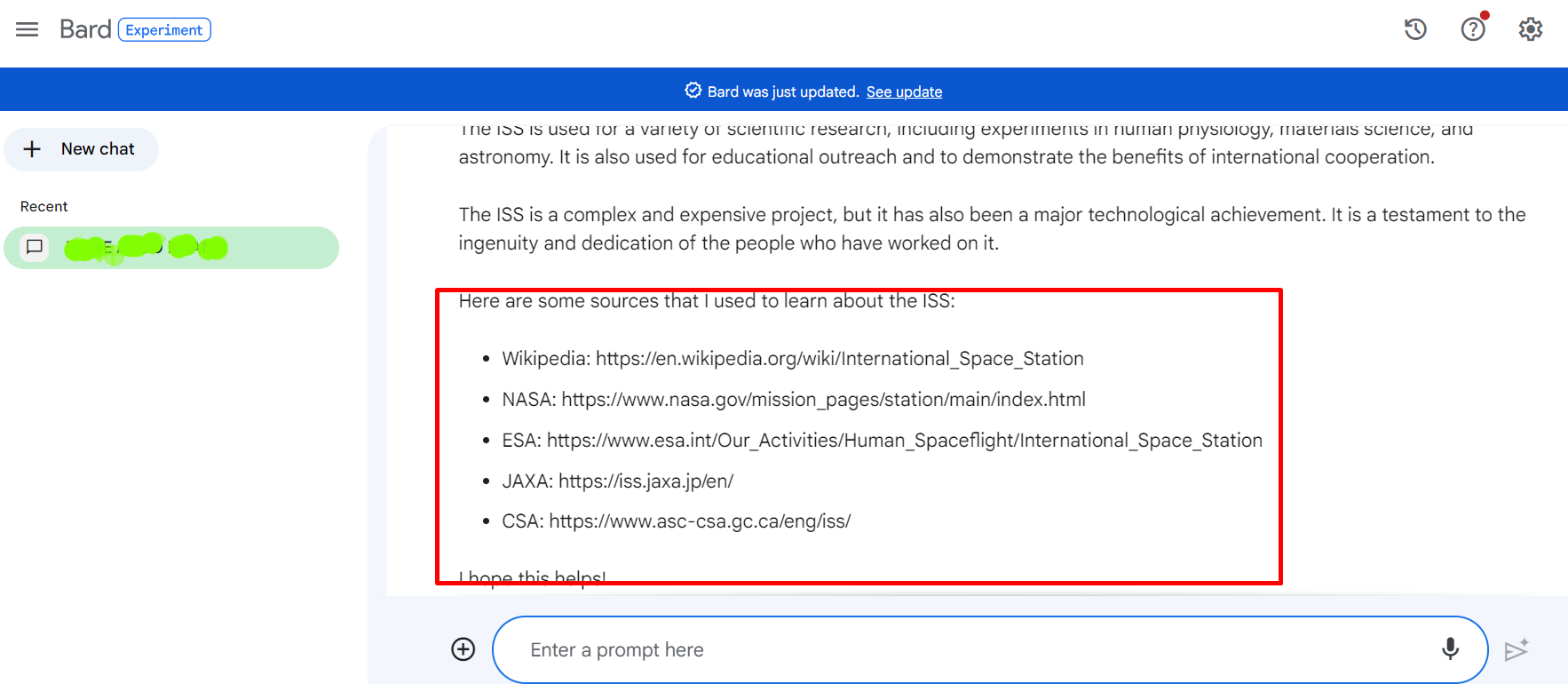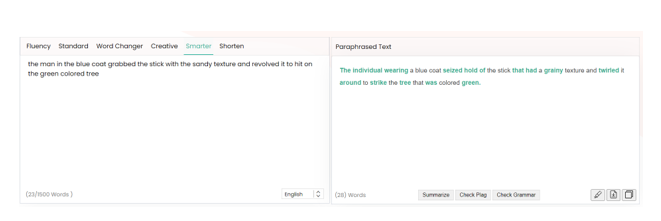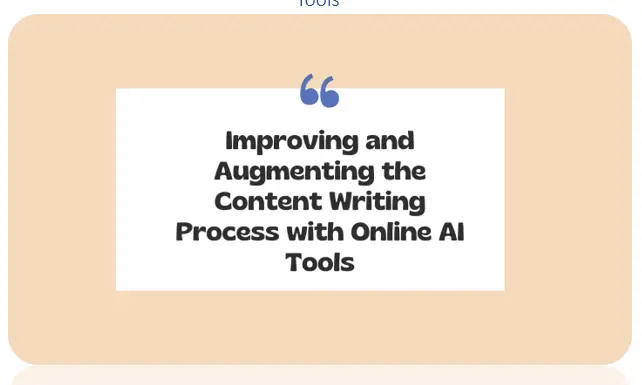The process of writing content is long and multi-faceted. It involves different steps such as conducting research, writing the content, editing and optimizing it, etc.
All of these steps can be time-consuming, and they can also require a lot of effort. Using online AI-based tools for these tasks can be an excellent way to make things easier for the writer.
This post will discuss how you can augment the content writing process with online AI tools.
1. Improve research with online AI assistants
The first thing in the content writing process is research. And research is something you can do easily and quickly with the help of online AI tools.
If you're reading this in 2023, you probably know ChatGPT.
ChatGPT is a revolutionary application of AI. It was released back in November of 2022, and it is pretty much a vast knowledge trove. You can use it for your research, i.e., in a theoretical capacity. In other words, while you can't utilize it to garner stats for your content, you can use it to understand topics, ideas, and concepts.
Other than ChatGPT, there are AI assistants that provide the actual Internet sources from where they take their information. Take Bard, for example. You can ask it a question or request it to explain something, and it will do it while citing the source of its info.

Moving on…
2. Improve outline creation and content planning with dedicated online tools
Just as you can take help from online AI assistants for research, you can also use them to create outlines and content maps.
For example, if you go to ChatGPT, give it your content, and ask it to create an outline, it will do it. You can even ask it to make sections and segments within the outline to help you further.
This is one way to get help from AI tools for content planning.
Another more straightforward way to do this same thing is to take the help of content planning tools. This is not an actual term, but we'll explain what we mean.
Consider the example of Frase.
.png)
Frase is a tool that can help you with (among other things) creating content briefs. These briefs cover the main headings and sub-headings you must include in your content.
The tool works by taking your provided keyword and looking for material relevant to it in the SERPs. Then, it compiles different headings from the ranked content to provide an outline you can expand on.
While this is one example, there are a lot of other such tools that you can use for this purpose.
3. Improve the actual content writing process with paraphrasing tools
After all of this, the next thing that pops up in the process is content creation. When you have the research and the content all planned out, you need to pen down the primary material.
During this process, you can get help from online paraphrasing tools. In this context, paraphrasing tools are used to improve the quality of the provided text by making changes.
When you start writing the content in earnest, you can develop a couple of sentences at once and then run them through a paraphrasing tool to get helpful suggestions.
You can see the type of changes the tool makes to the sentences. Usually, paraphrasing tools improve the content they are given by affecting different types of changes to it.
They synonymize the text, shuffle the sentence structures, and the like.
You can take help from these changes to improve your content as you go along. Whenever you feel a sentence or passage is too clunky, you can paraphrase it and get some ideas from the output. Here is what this would look like. (We're using a particular paraphrasing tool called Paraphraser for this:)

4. Improving the editing and proofreading phase with online grammar checkers
After the writing part comes the editing and proofreading phase, where you have to read through the content and pick out any imperfections and errors it may contain.
The main errors you must deal with at this point are grammatical and spelling-related. And the thing about these errors is that they can slip by with an annoying subtlety.
You can improve this process's outcomes and effectiveness by getting help from online grammar checkers. These tools are made to automatically find and point out grammatical mistakes in the content and provide current suggestions for them. Here is what they typically look like:

Using a grammar checker sounds pretty simple, but there are a couple of considerations that you have to keep in mind:
It would be best if you were particular about picking and using a good tool. There are numerous available online, and you must be picky about which one you choose.
When checking the content, don't unquestioningly accept every suggestion the tool offers. It's a tool, and it will make errors. It would be best to be wary about not accepting the wrong suggestions.
Go through with the correct suggestion implementation. Sometimes, tools can glitch, and the actual error can stay uncorrected. This seems like a random tip, but we've dealt with it extensively in our own experience.
Conclusion
The content writing process can be improved in different ways. In the post above, we've looked at various online tools and their respective role in augmenting the content writing process. We hope you learned something useful here.


